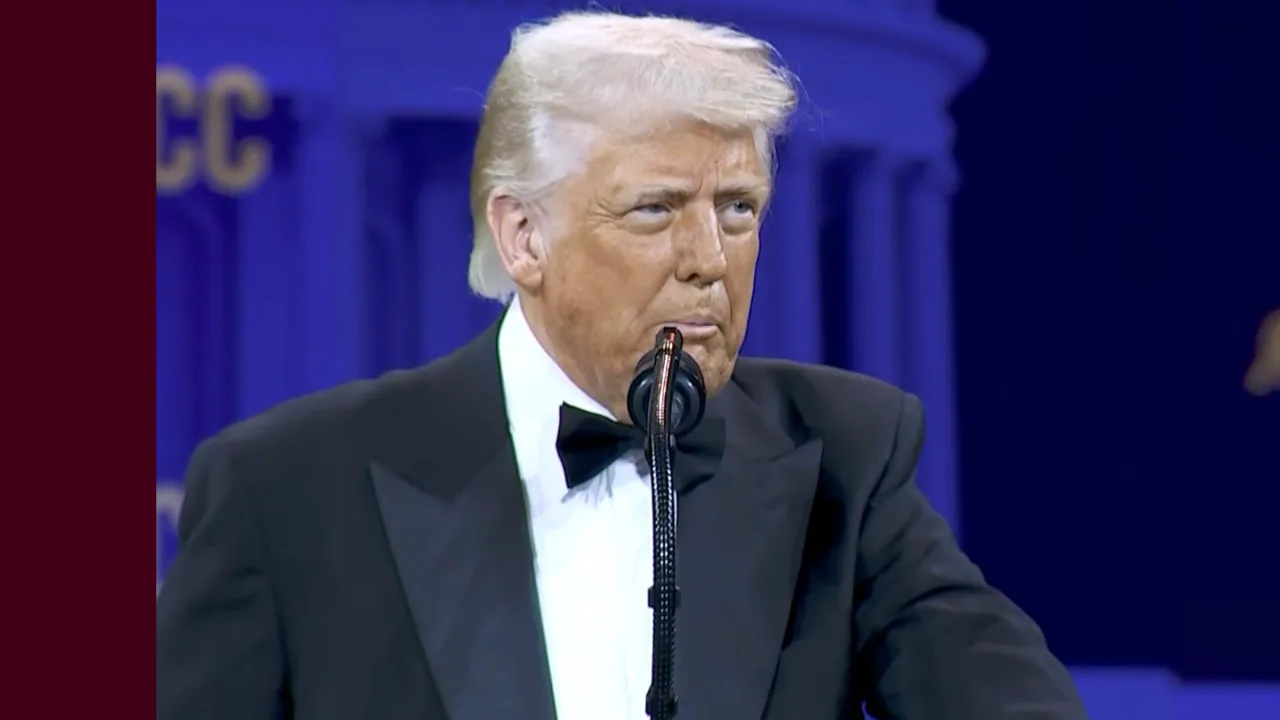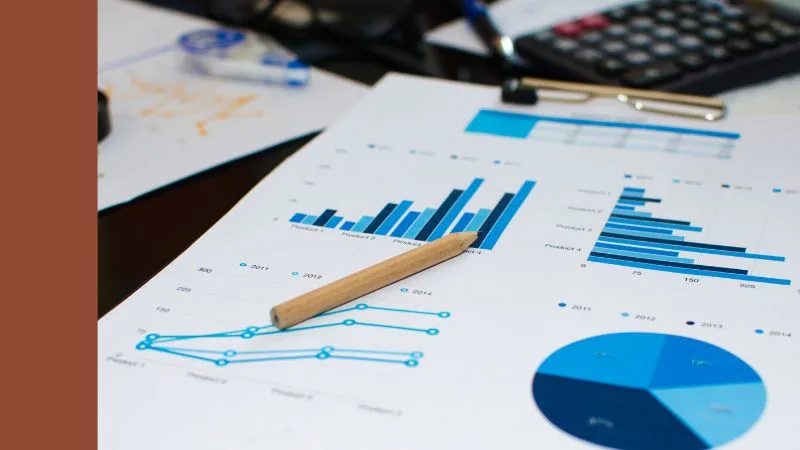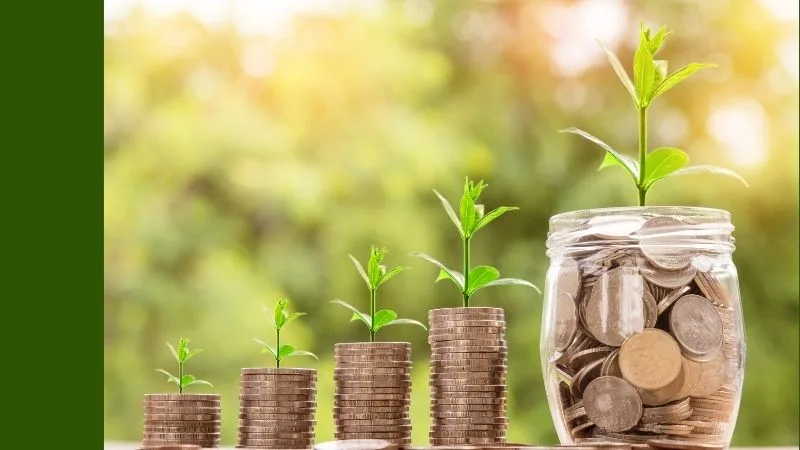Warren Buffett is worth $150 billion. So is Buffett the greatest investor of all time? And… should you invest like Buffett today? This article, originally sent as a Rask email, explains…
With the arrival of ChatGPT in November 2022, suddenly the world realised a few things:
1. Artificial intelligence (AI) is no longer a pipe dream.
2. Anything that can be automated, will be automated.
3. We need to rethink our place in this world.
The world’s best investor is…
For over 30 years, people have claimed Warren Buffett, the self-made investor worth $150 billion, is probably the greatest ever.
Between 1965 and 2023, Buffett achieved yearly growth of 19.8%. In other words, around 4.4 million percent.
(Compare that to your term deposit!)
However, during the time Buffett has been investing, there was another investor who arguably stole his crown.
An investor who hid in the shadows
In 2016, I read an intriguing Bloomberg story called, “Inside a Moneymaking Machine Like No Other”.
The topic of the story was a company called “RenTec” (Renaissance Technologies). A seriously sophisticated quantitative trading firm, hidden from the media for many decades.
The person who started it is Jim Simons. He retired in 2009.
Growing up, Simons was one of the world’s most elite mathematicians. He was so good the US Government paid him to become their code cracker in the Cold War against Russia.
He stayed in the role until he publicly disagreed with the Government’s practices.
“We know very very very little about [RenTec]”, the Bloomberg journalists reported. But added, “it’s a fountain of money like no other”.
Employing 90 PhDs, many of which were experienced astrophysicists, RenTec’s investment portfolio achieved something truly stupendous.
In a separate investigation, Bloomberg reported that between 1994 and 2014 the RenTec Medallion Fund averaged 71.8% yearly returns.
As if that wasn’t crazy enough, during the GFC – when the financial world was in a never-before-seen meltdown – RenTec achieved a return of more than 90%.
Zooming out a bit, the Medallion Fund was believed to have achieved average yearly returns of over 30% since its inception in 1988.
As Simons said in this speech, “it made an awful amount of money.”
Is investing a sprint, or a marathon?
In 2019, I climbed dozens of floors in a fancy Martin Place escalator to interview Australia’s best investor at the time, Hamish Douglass.
After a nervous 60 minutes, I asked Hamish for his number-one lesson about money.
“Money makes money, and the money that money makes, makes more money… if [only] people could understand the mathematics of compounding… it’s a game of patience.”
If we believe investing is a sprint, Simons is the world’s best investor. Hands down.
If you had $10,000 invested with Simons at 30% per year for 30 years, you would end up with $26 million.
But if you think investing is a marathon, Buffett wins – easily.
Just $10,000 invested with Buffett at 19.8% for 58 years becomes $355 million.
Play to your strengths
I’ve taught the Value Investor Program for many years. I’d argue it’s Australia’s premiere course for understanding investing at a deep level.
I’ve also spoken to hundreds of amazing investors. CEOs. And lots of billionaires.
There are many lessons I carry with me today. But perhaps none more important than humility.
You see, many years ago, I realised I’d never be a CIA code cracker turn astrophysicist turn Wall Street quant trader.
After hearing so many stories, studying investors across the world, and doing okay myself – I also realised that 99.999% of Australians stand no chance, either.
And even if that 0.001% of us were as smart, or well-resourced – keep in mind, Simons had $US30 billion to fund his trading algorithms, and still chose to retire as RenTec’s returns began to fall – times have changed.
With the realisation that AI is infinitely better at virtually every mathematical formula (e.g. spreadsheet valuations, number crunching, profit & loss statements, and so on), we should all now focus on sharpening our soft skills – the skills that make us human.
If you’re an investor, don’t waste time “trading” stocks or crypto (i.e. trying to spot a pattern or trend in the data). You will lose. Both your money, and your time.
If you’re keen to research individual stocks/companies, focus on the elements that can never be automated by a robot: the feeling of products and services, the marketing, or simply the “vibes” (as the kids say). That’s your advantage in 2025.
If you’re an ETF investor, exploit your #1 advantage: time. Buffett’s story isn’t one about achieving the best yearly return. It’s a story about achieving a good return, for 60 years.
As we stand here in 2025, I believe less than 10% of people should own individual stocks. But even that might be a stretch. If you plan to apply yourself in that way – like I do – you must make sure you have the time, the temperament and the curiosity to do it to the best of your ability, and choose your strategy carefully.
Because if you don’t, remember that your competition isn’t an ETF investor. It’s Jim Simons, Silicon Valley’s latest AI tool & hundreds of thousands of Buffett disciples – many of which have a 20-year head start.
Start with your core. Remember the satellite is optional.
Let me know your thoughts in the Rask community.
Cheers,
Owen Rask
P.S. Did someone say something about a Sydney catch up this week? RVSP here.
P.P.S. In case you’re wondering, I still own individual stocks, alongside my Rask Invest core.









